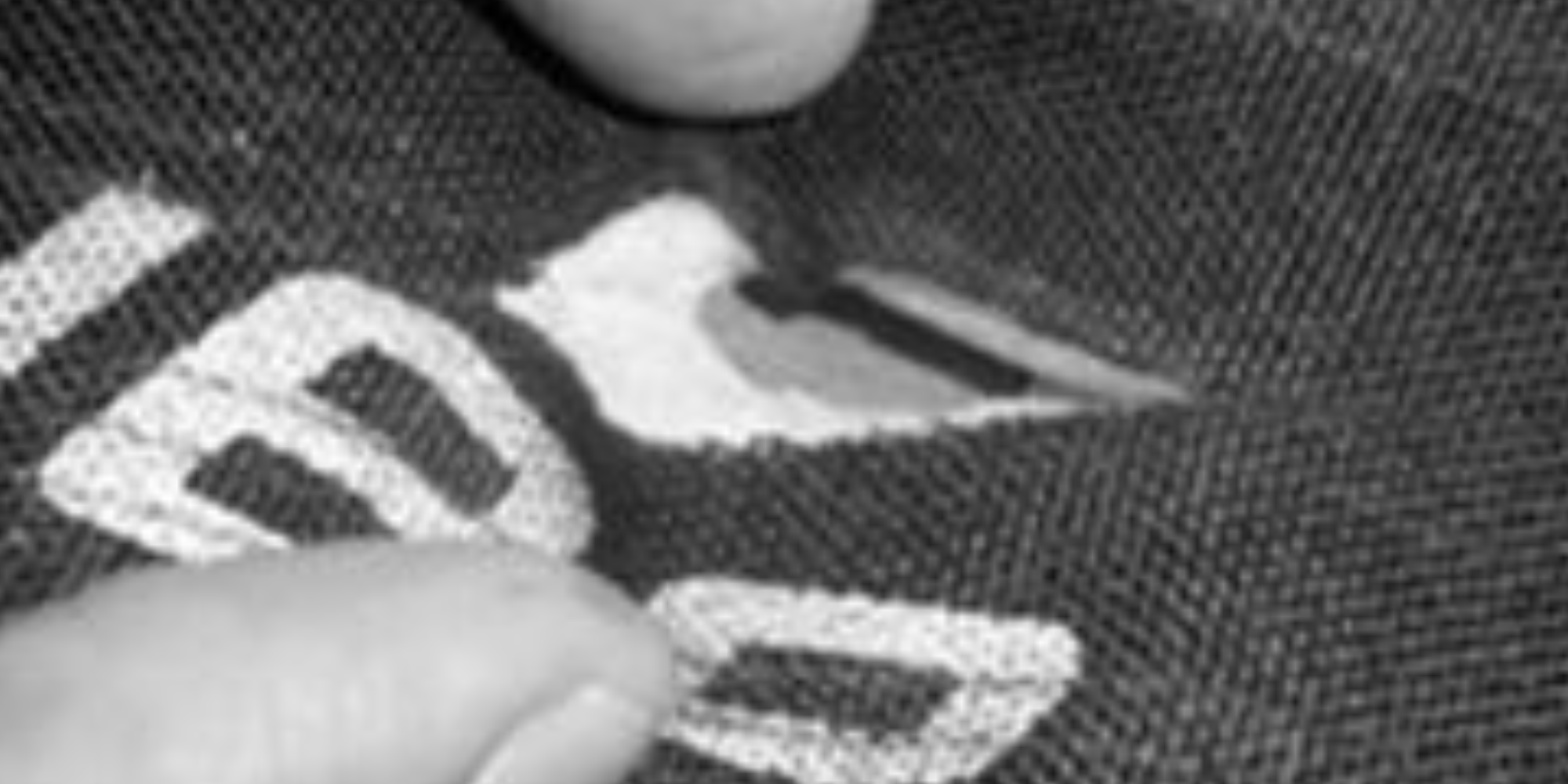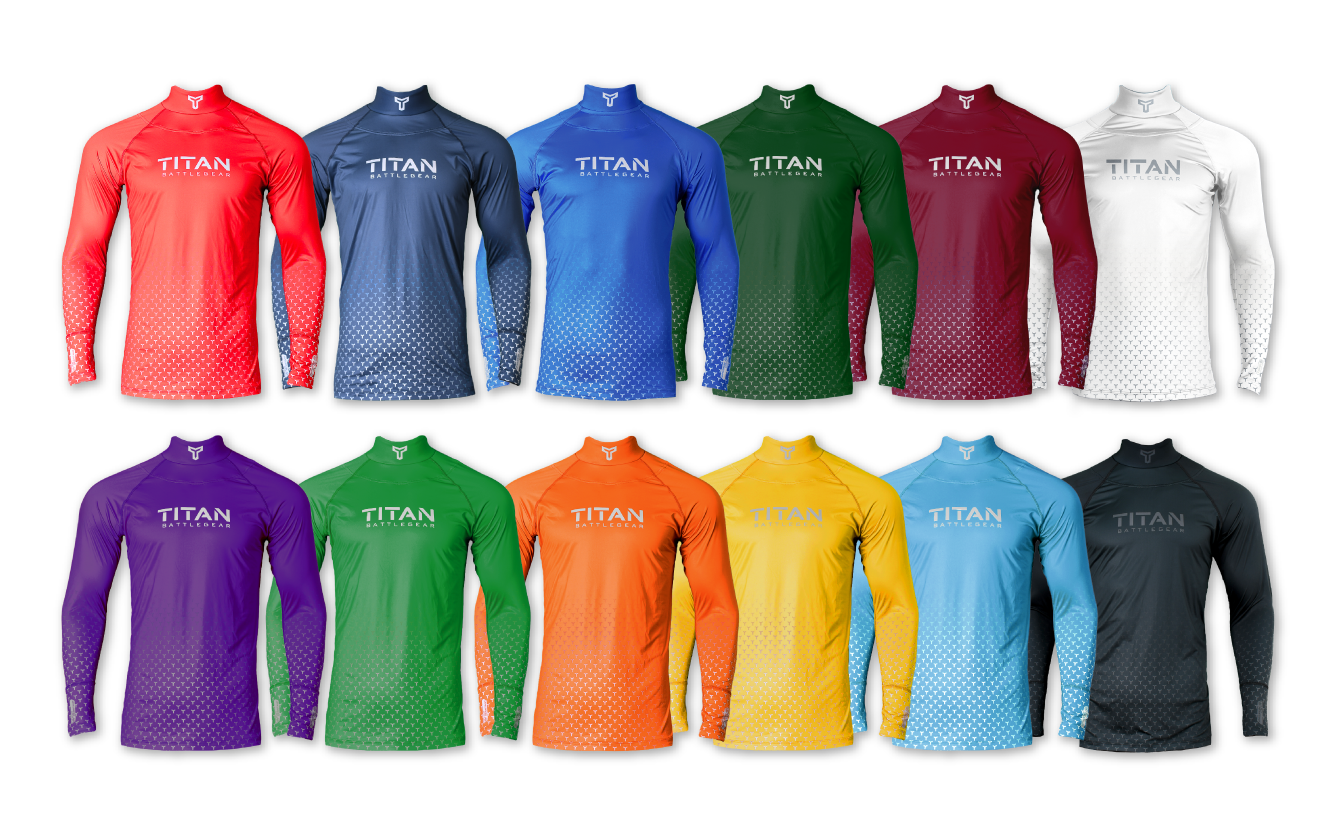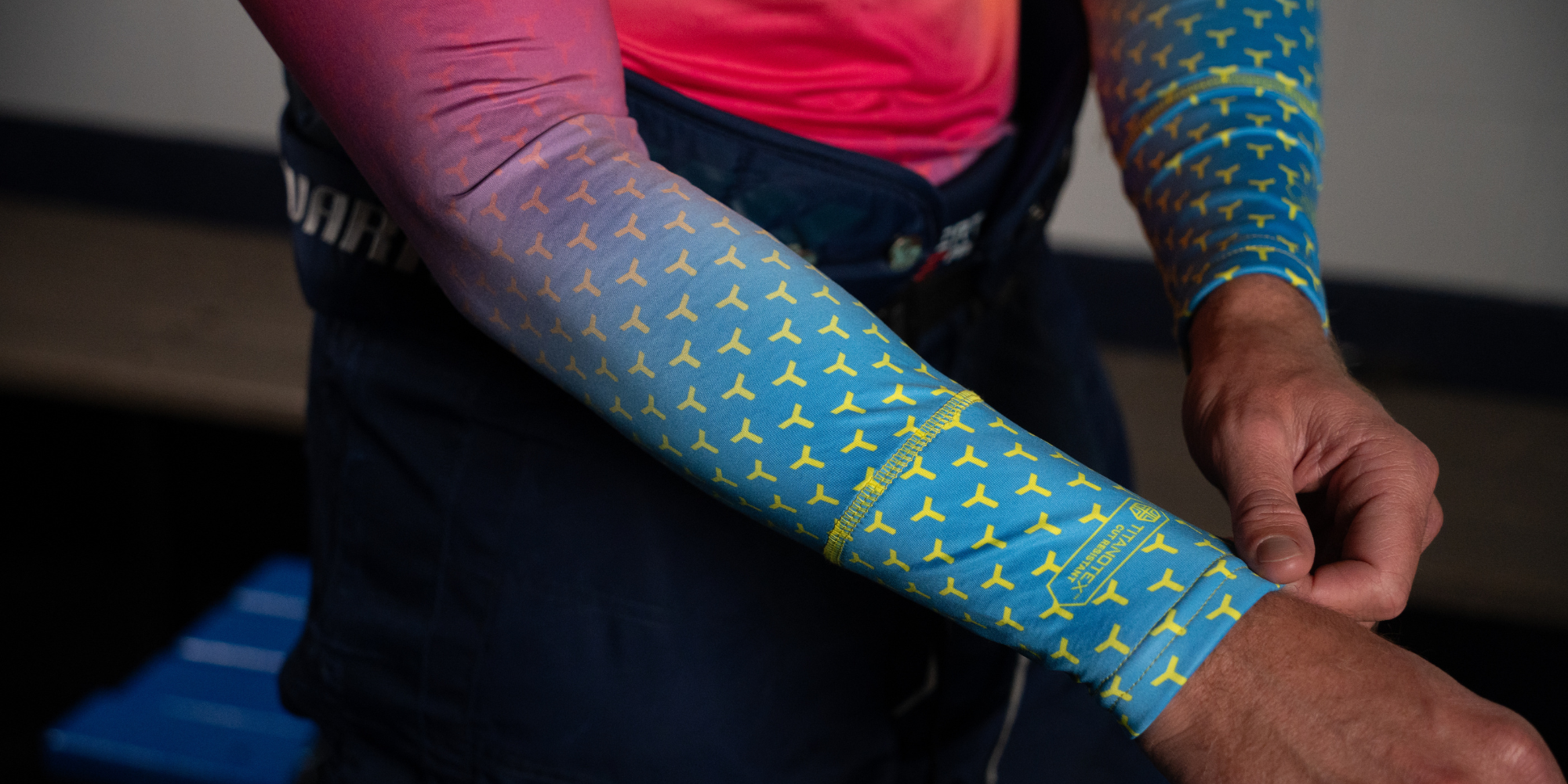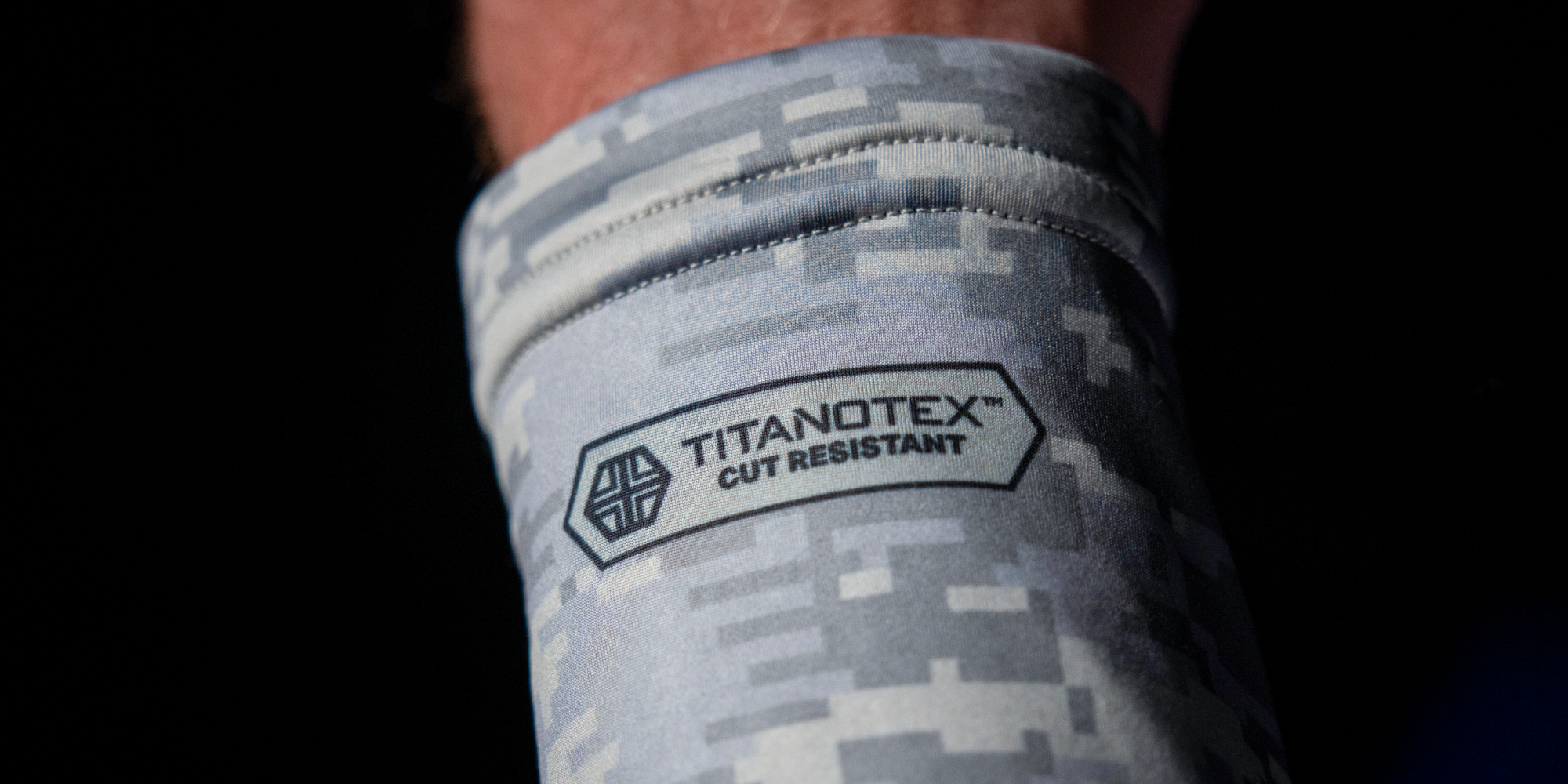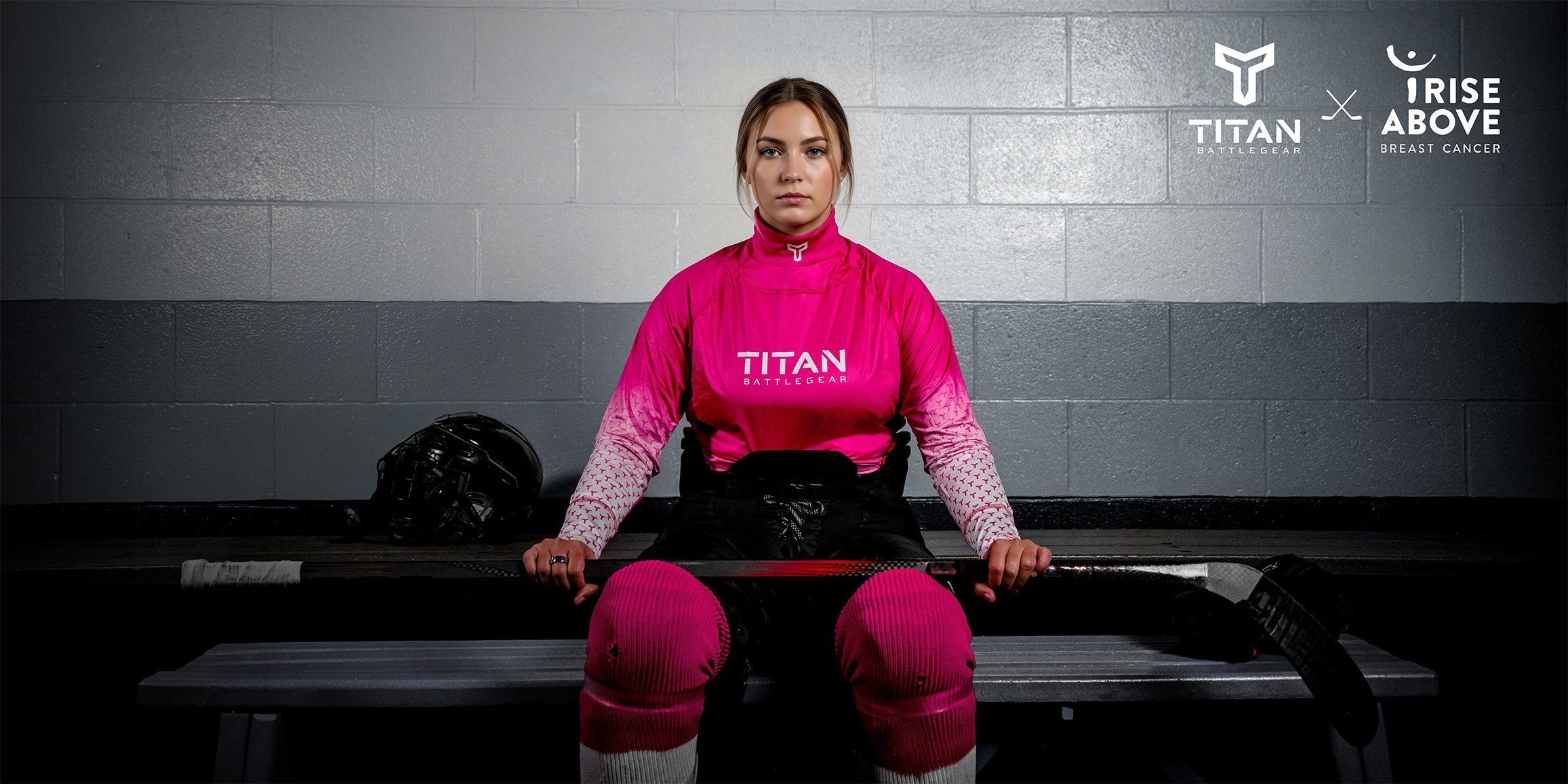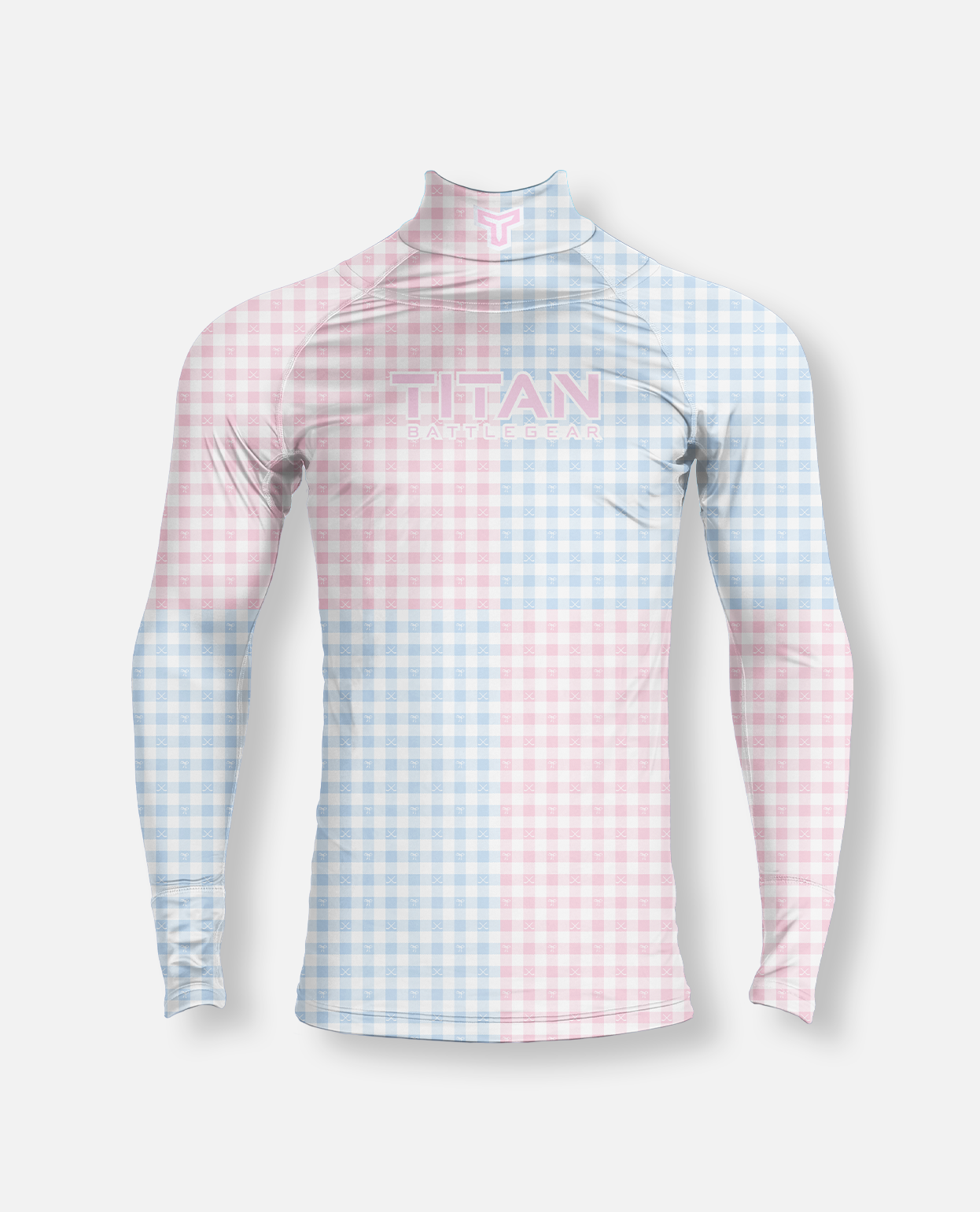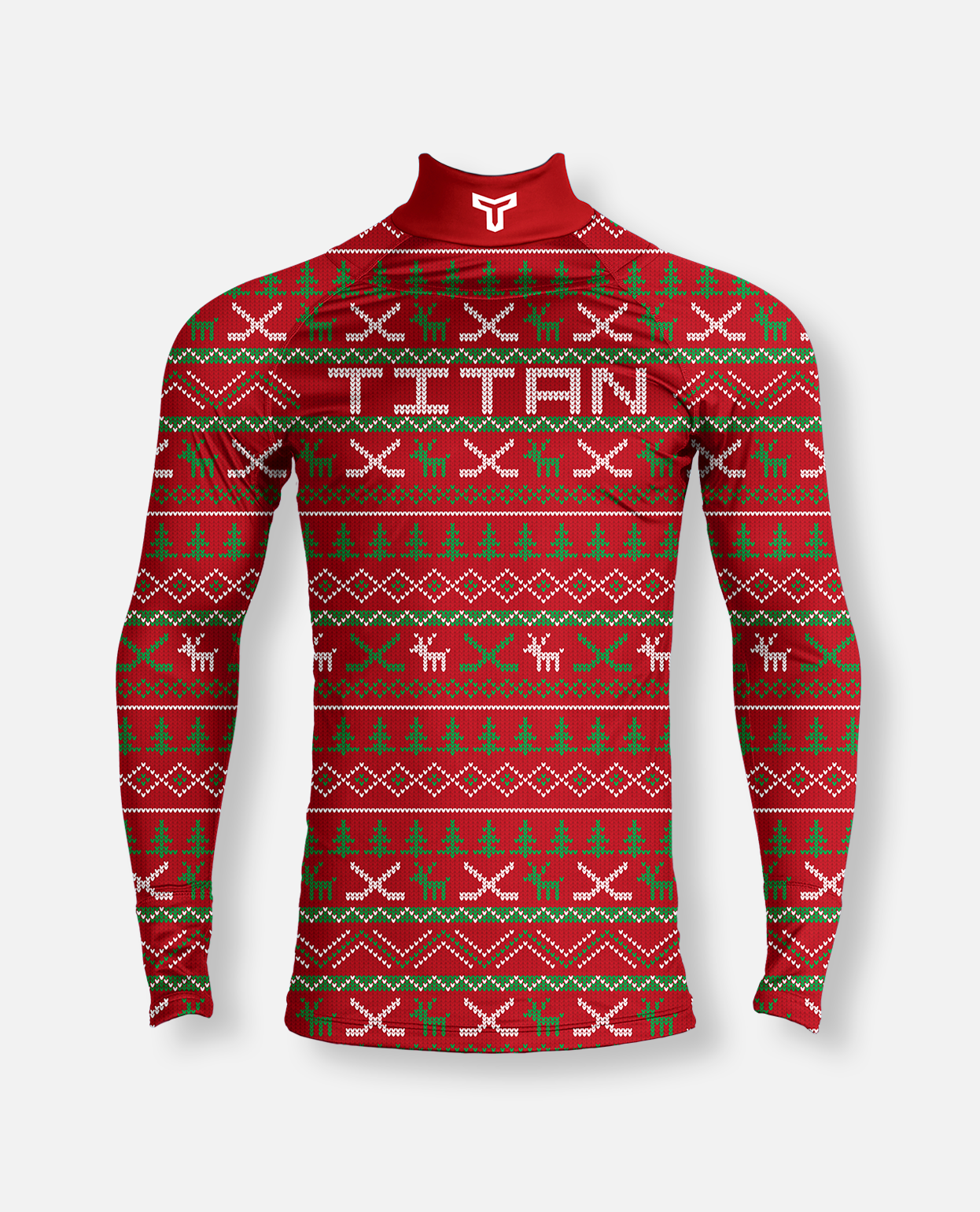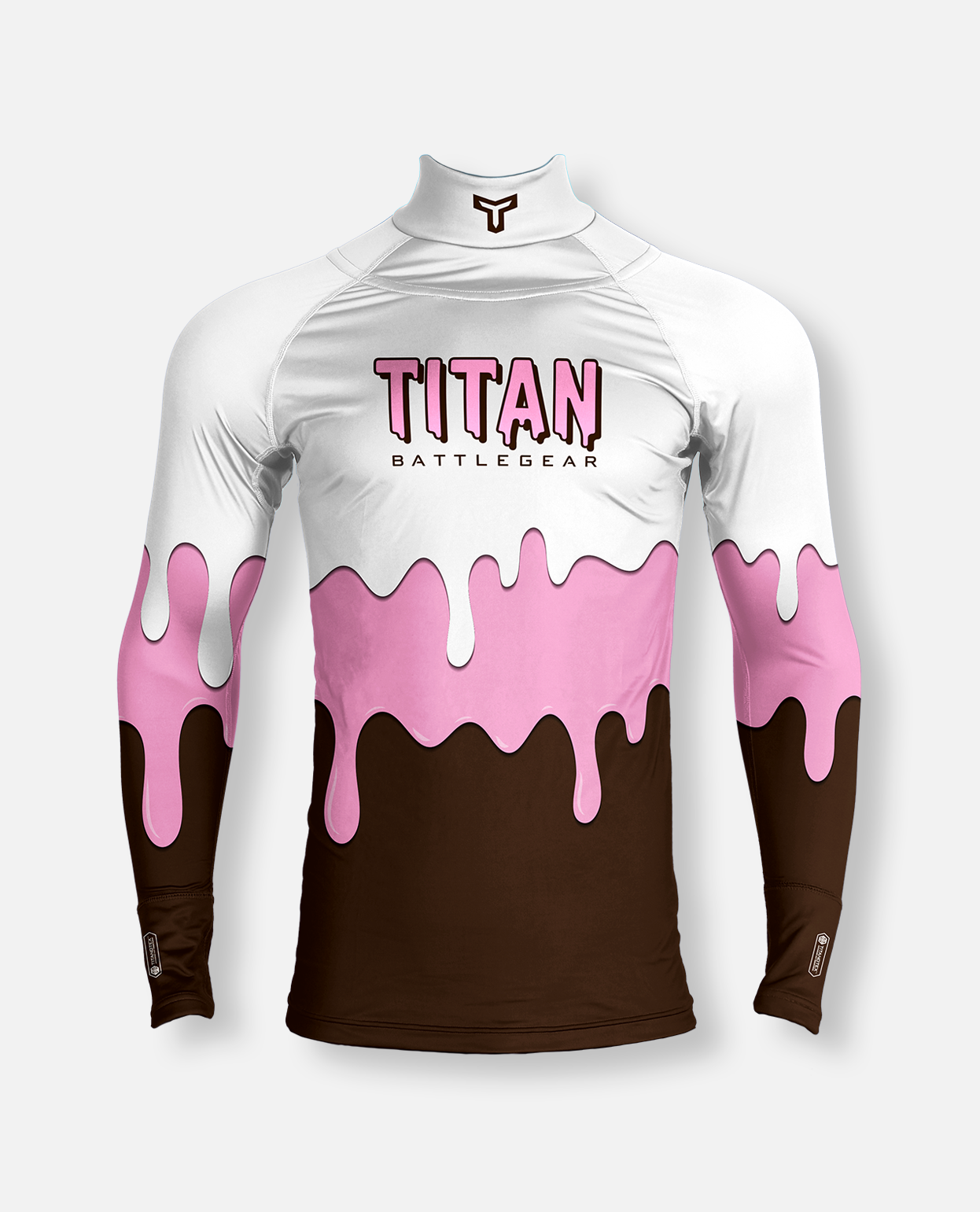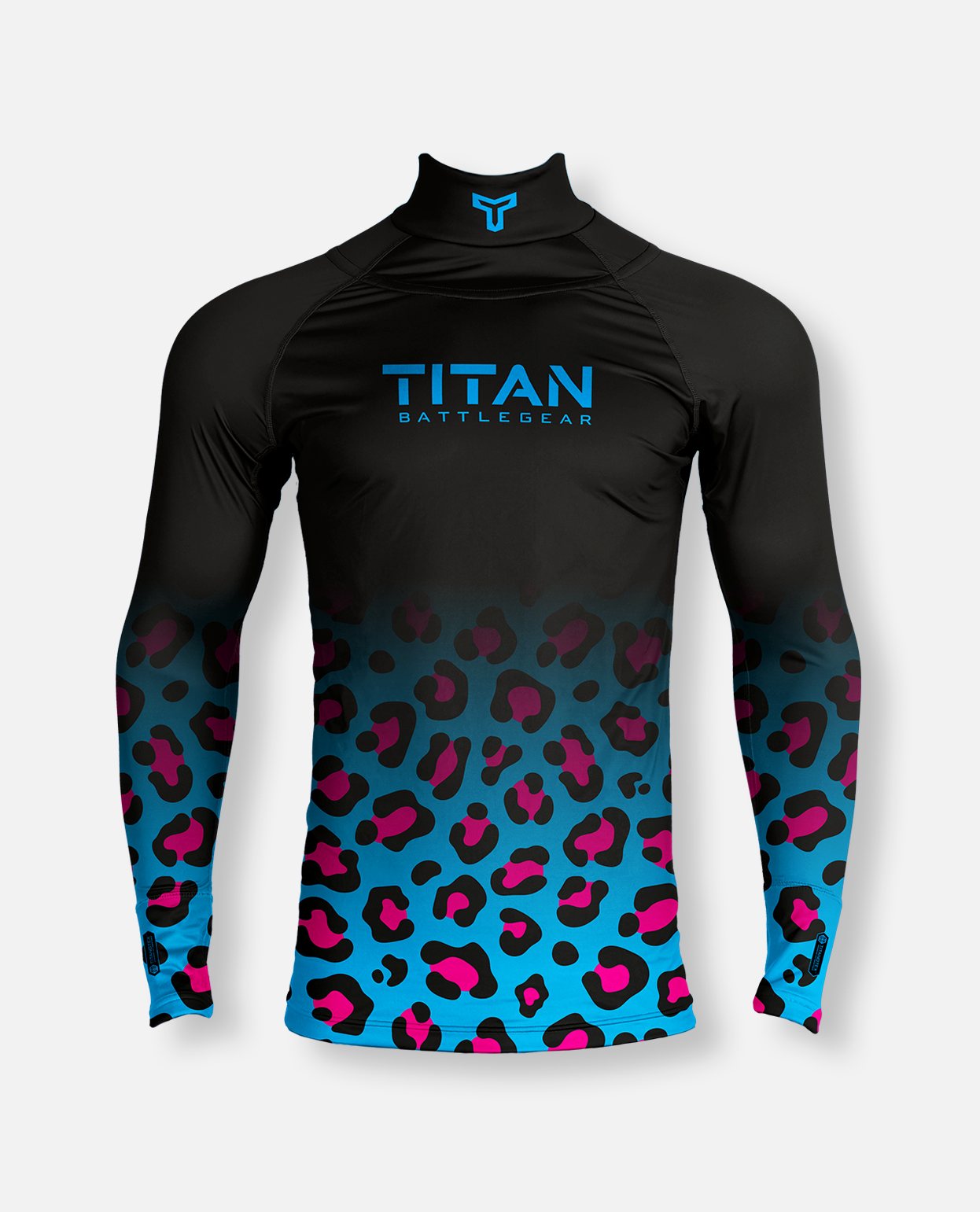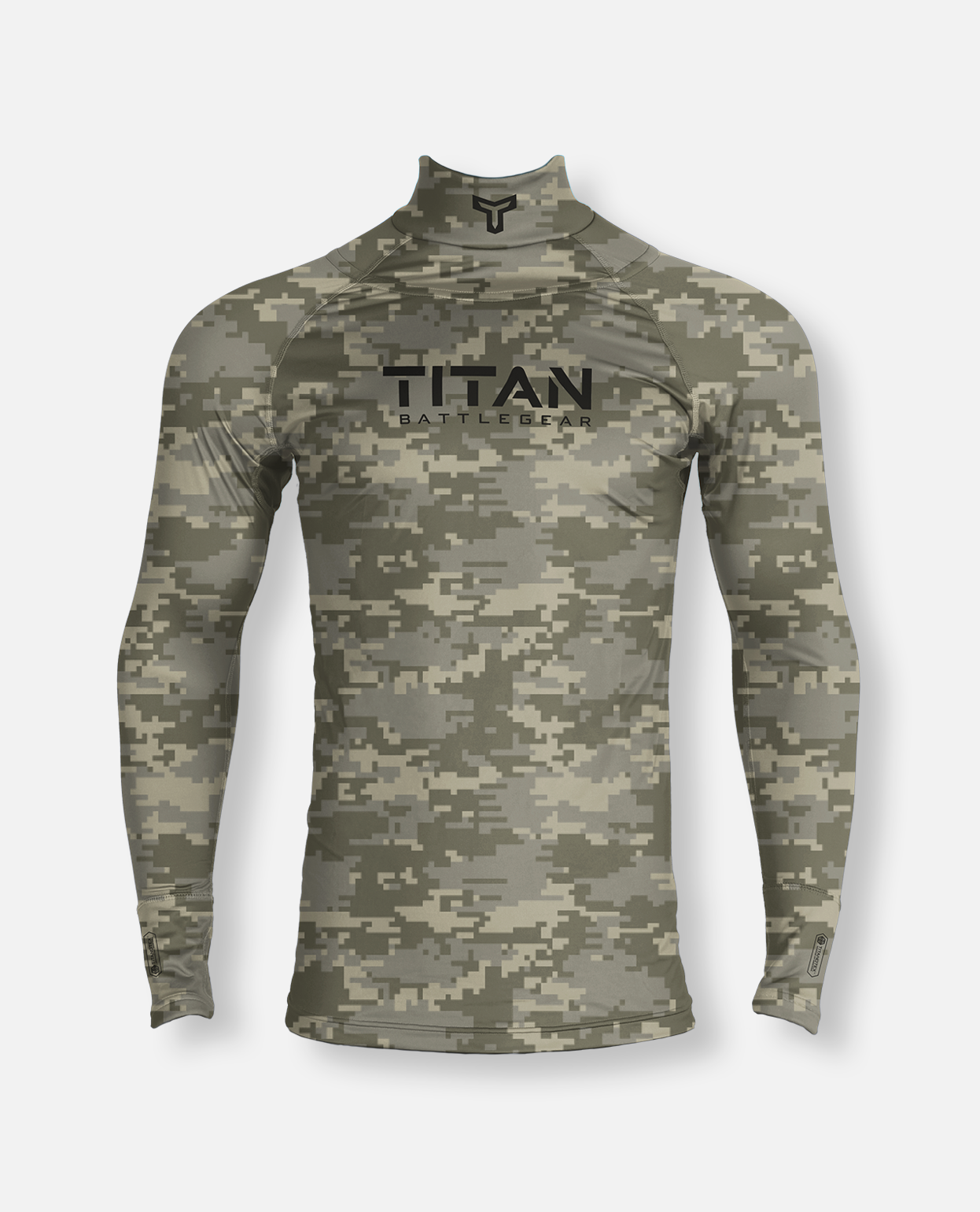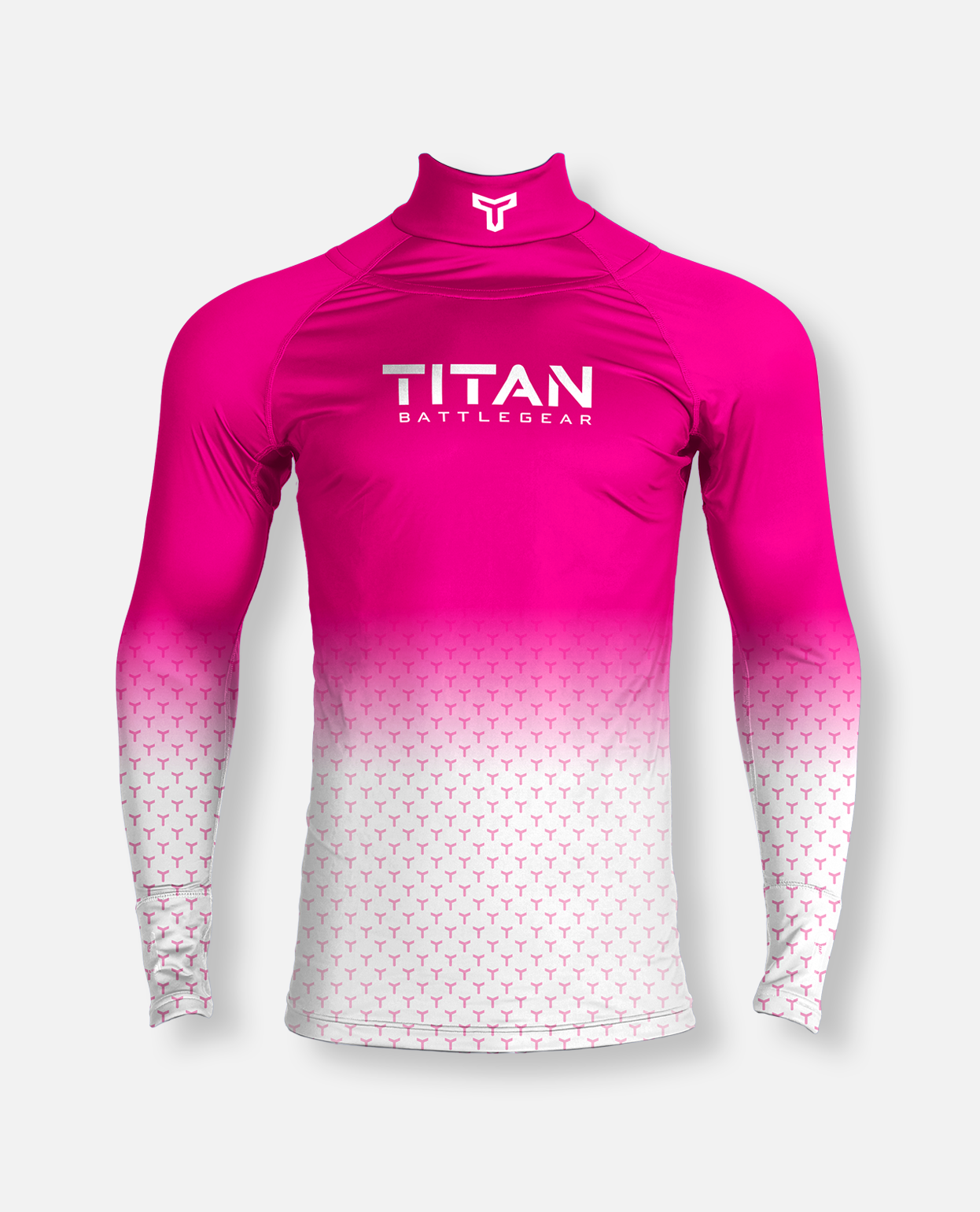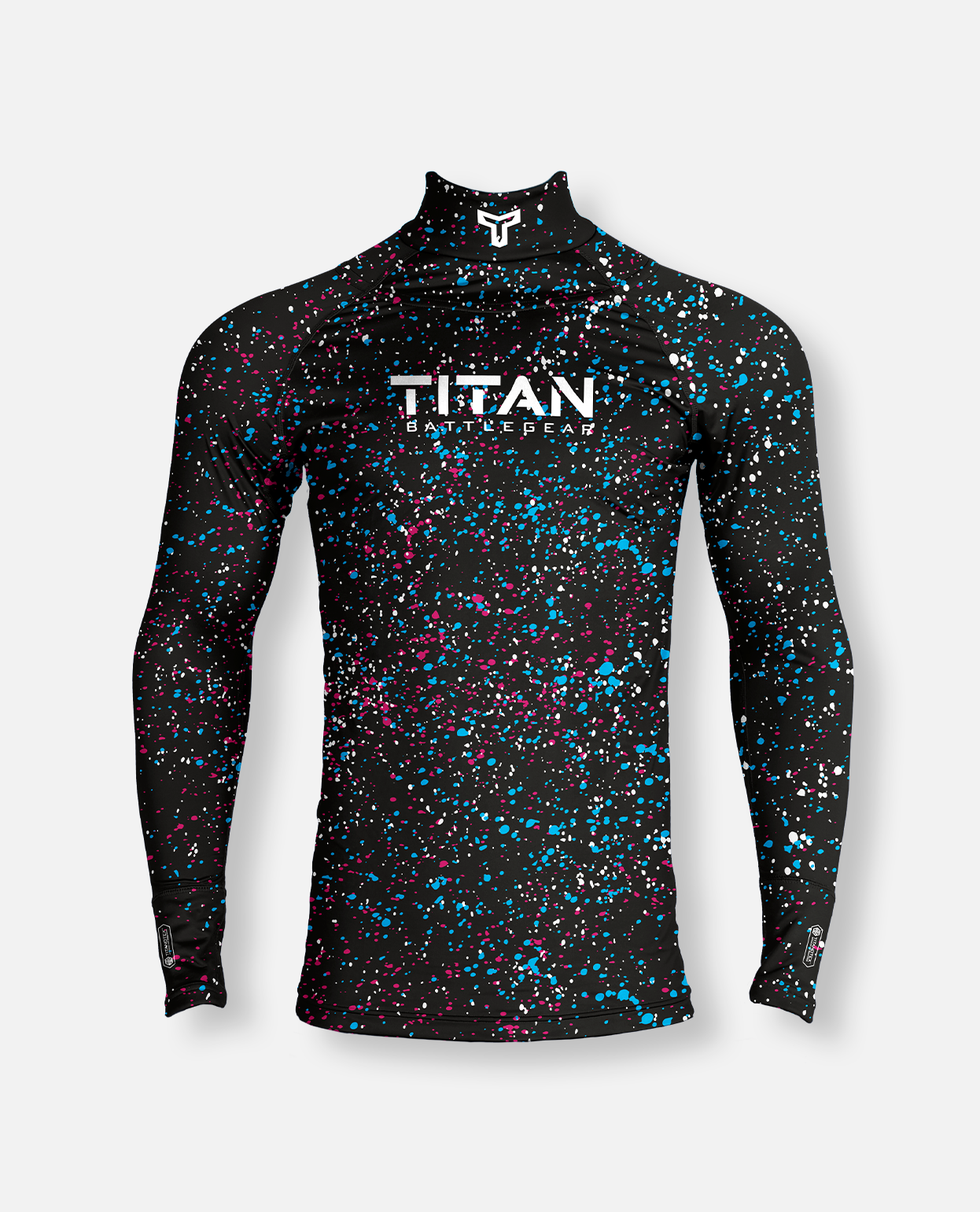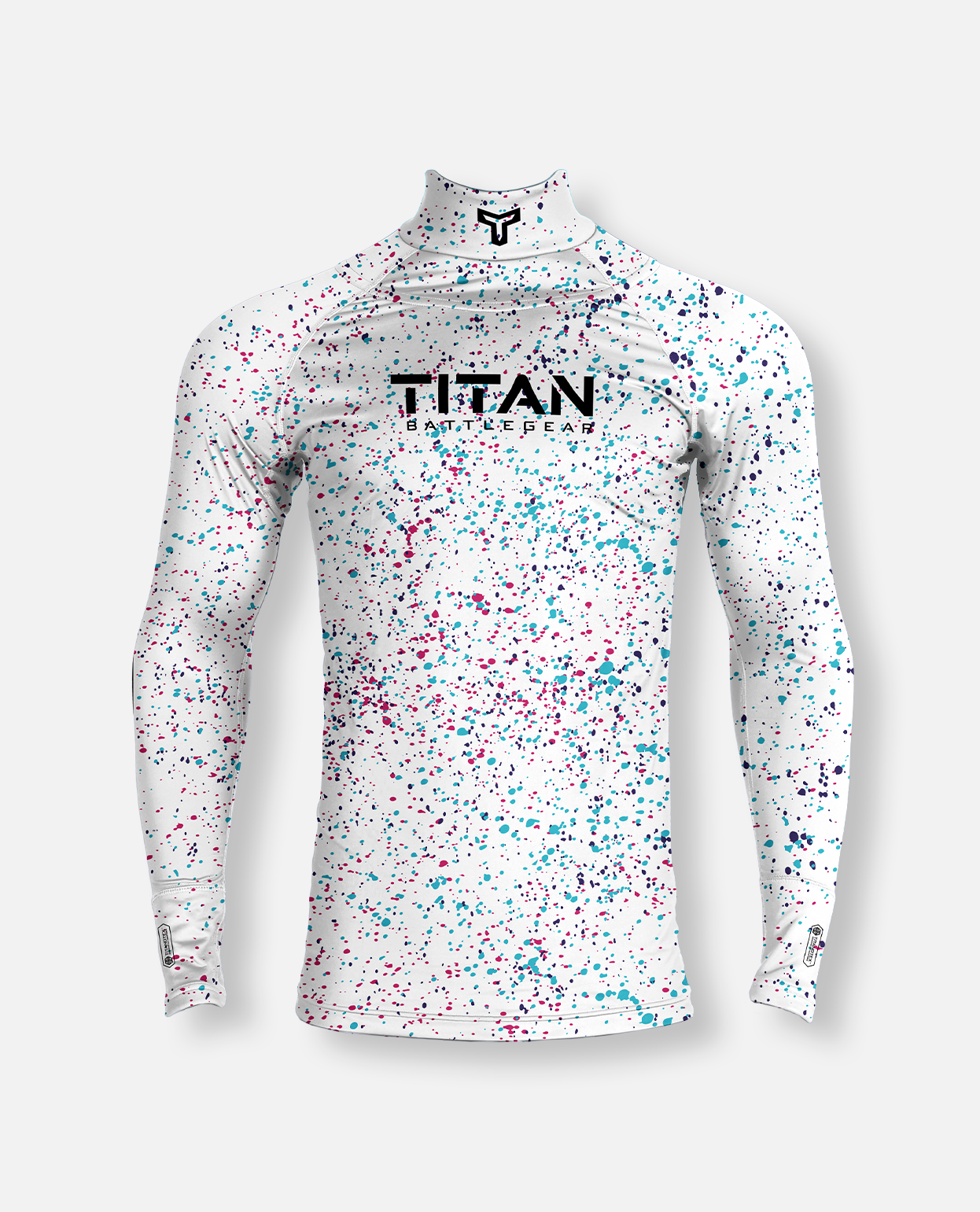Main takeaway:
A Mayo Clinic study found that nearly every neck guard failed to stop a skate blade at real-game impact levels – except for those made with advanced materials strong enough to withstand extreme pressure. These materials typically rate ANSI A6 or higher, a safety standard that measures how resistant a fabric is to being cut.
That’s why A6 is the absolute minimum level of protection your player needs.
What the study tested
In 2017, researchers at the Mayo Clinic set out to answer one question:
Can hockey neck guards really stop a skate blade?
To find out, they built a laceration testing machine that used a sharpened hockey skate to strike neck guards at various speeds, angles, and force levels. A layer of foam was placed under each neck guard to simulate human tissue – if the foam was cut, the guard had failed.
The team tested 46 samples across 14 different neck guard brands using both low and high force levels. The high-force test was designed to simulate a real-world skate impact during gameplay – the kind of injury that changes lives in a split second.
Above is a real example of a neck guard failing at just 300N of force – well below a typical skate impact. The cut in the foam indicates the blade sliced through the guard.
What they found
At lower force levels (100 to 300 Newtons), most guards held up.
But at 600 Newtons (N) – the level simulating a full-speed skate impact – almost every neck guard failed.
To be exact:
-
Most neck guards passed at 300 N
-
11 out of 14 neck guards failed at 600N
-
Only 2 products offered consistent protection
-
The rest allowed the blade to cut straight through to the foam beneath
What is 600N, anyway?
Let’s break that down in plain English:
600N is about 135 pounds of pressure.
That’s the kind of force a sharp skate creates when a player falls, kicks, or collides at full speed.
600N is what a real-world skate impact looks like on a neck.
How that maps to modern safety standards
The ANSI/ISEA 105 scale is used to rate how resistant materials are to cuts. Higher numbers mean stronger protection:
-
A1–A5: light to moderate cut resistance
-
A6–A9: high to extreme cut resistance
Here’s a deeper dive on what each level means.
While the Mayo Clinic didn’t use the ANSI scale directly, the results show a clear correlation:
Neck guards that survived 600N force aligned with ANSI A6 or higher.
Neck guards that failed were likely rated below A6.
What this means for players, parents, and coaches
This study is a few years old. The exact brands tested may not even be on the market anymore. That’s not what matters.
What matters is the science.
-
Most neck guards fail under real-world pressure
-
The failure point is around 600N, which maps to A6 on the ANSI scale
-
So A6 is not a luxury – it’s our definition of the minimum standard for safety

If you're buying gear for your child, your team, or yourself, don’t settle for less. Look for verified ANSI A6+ protection and demand transparency. If a neck guard doesn’t display its ANSI rating publicly, that’s a red flag.
When we first saw studies like this, we were stunned – and honestly, angry. How was it possible that so many products could be sold as “protective” and still fail under real-game pressure? We built Titan because we refused to put our kids (or yours) in gear that doesn’t do the job. If it doesn’t pass at ANSI A6, it doesn’t belong on the ice.


